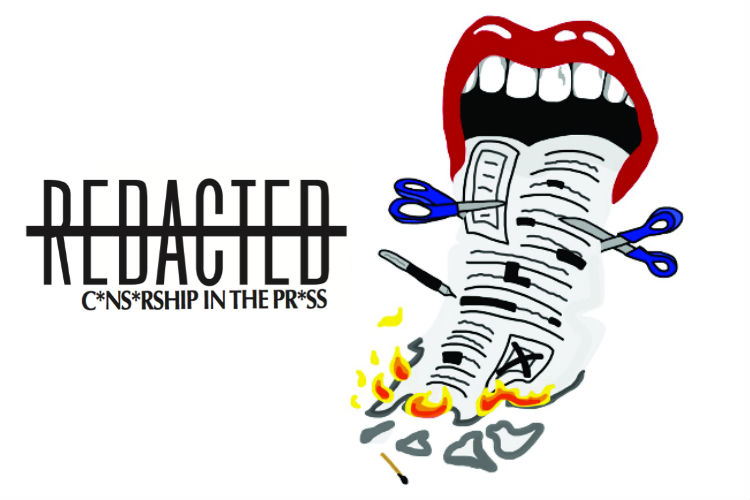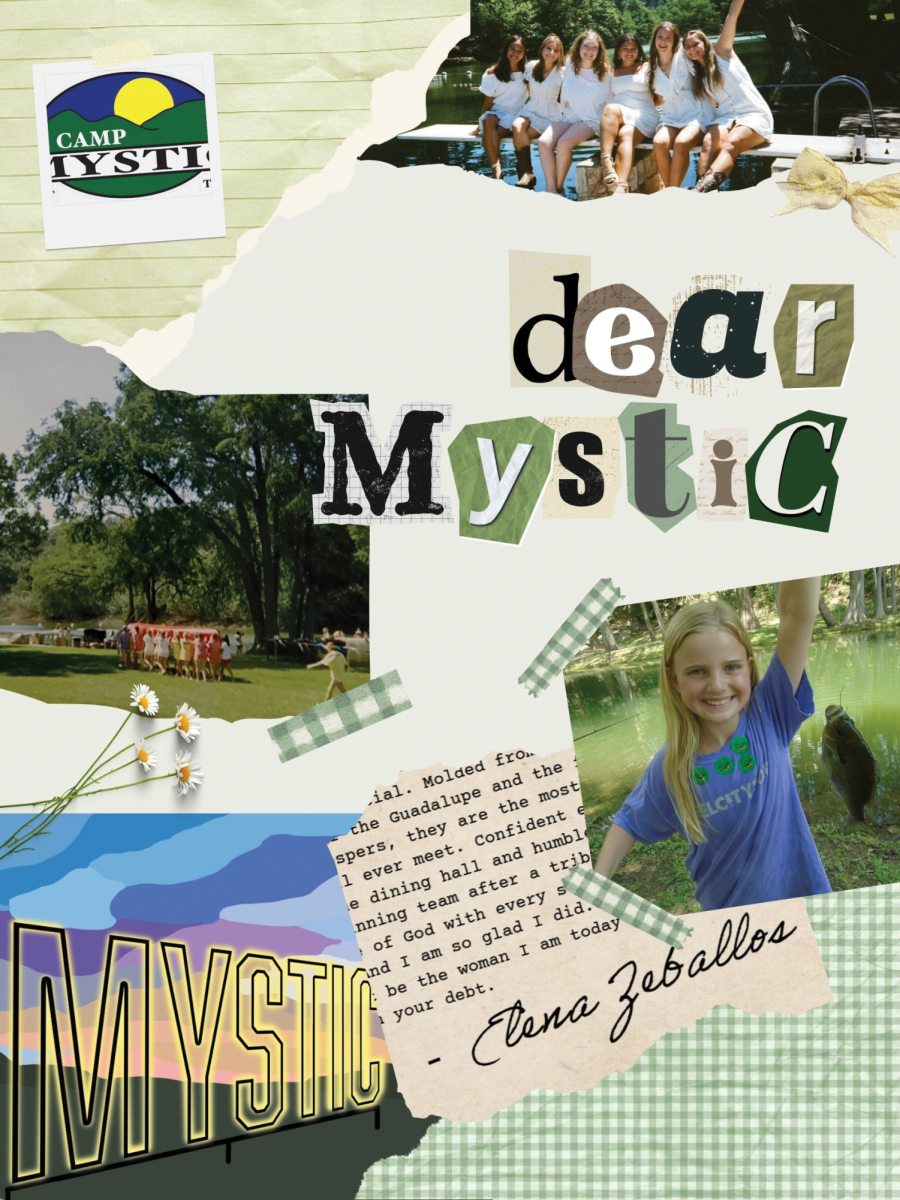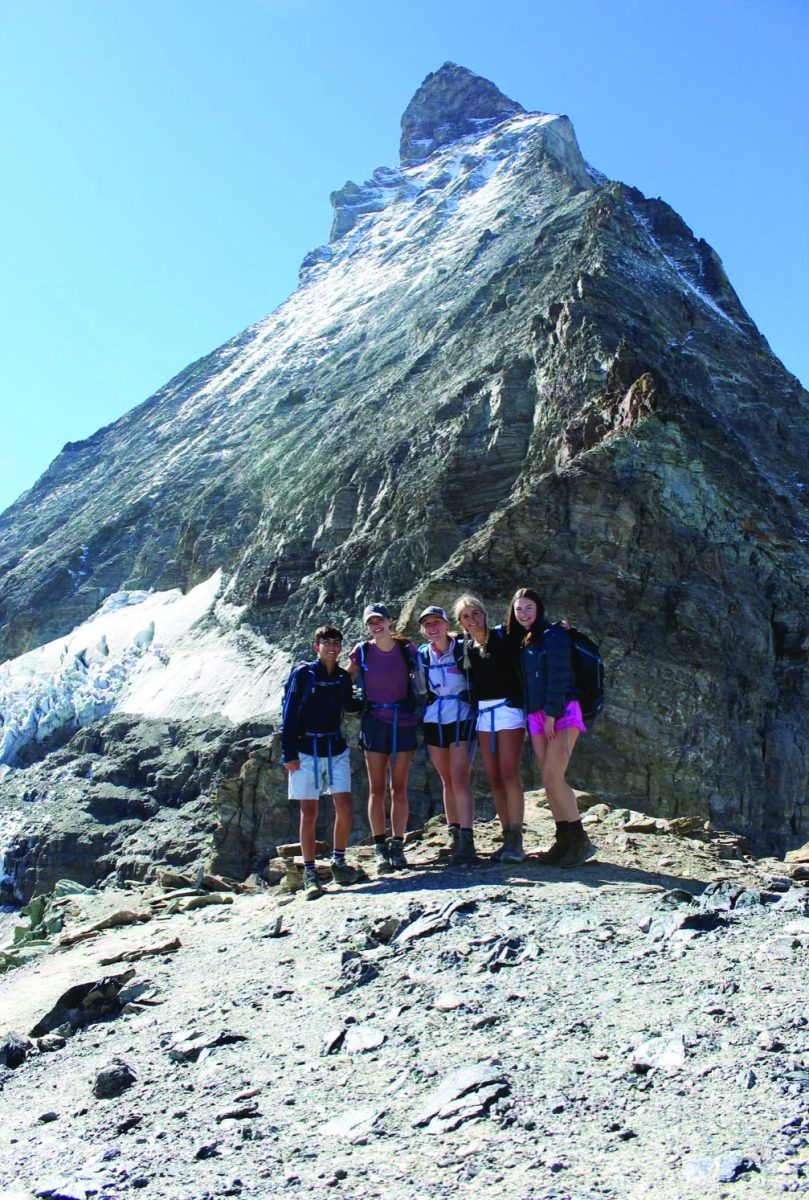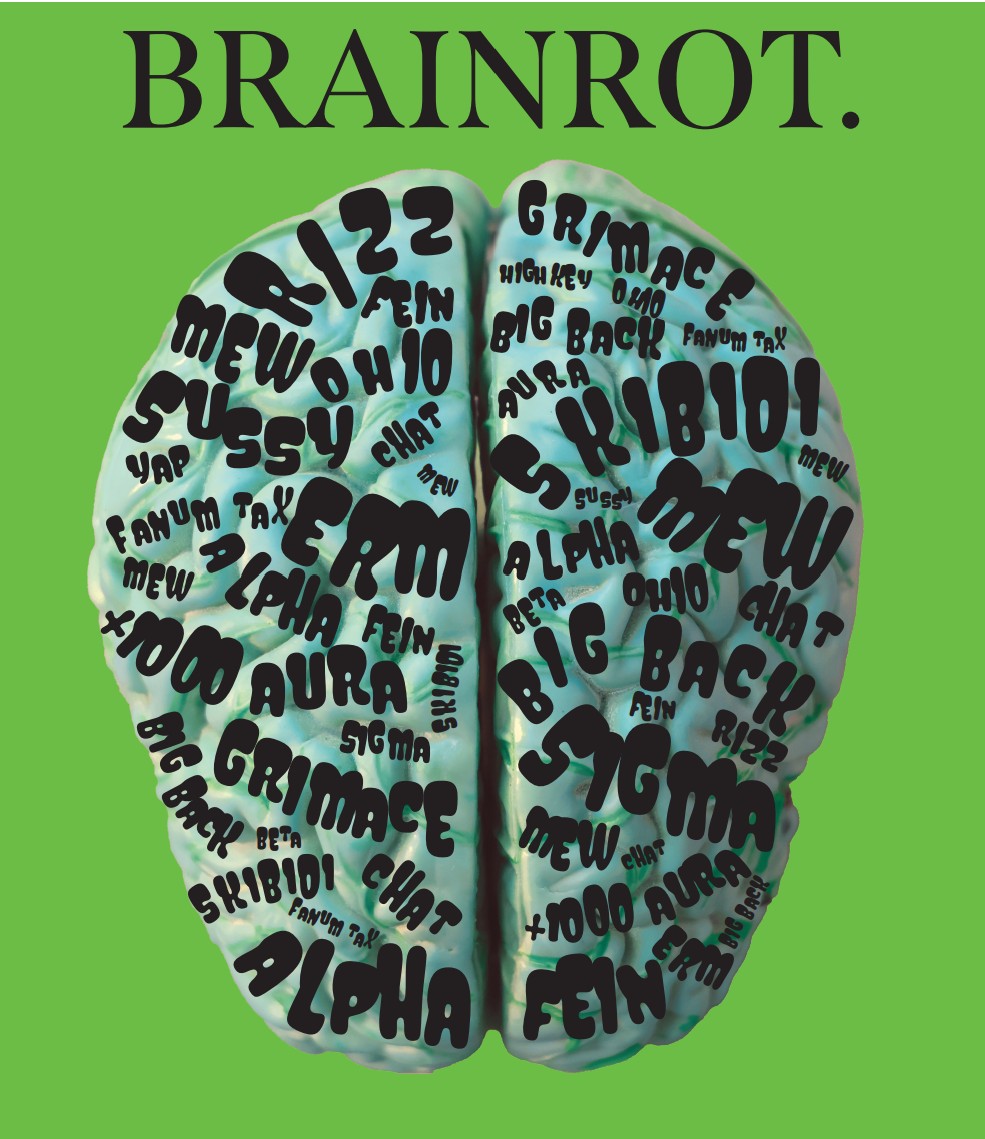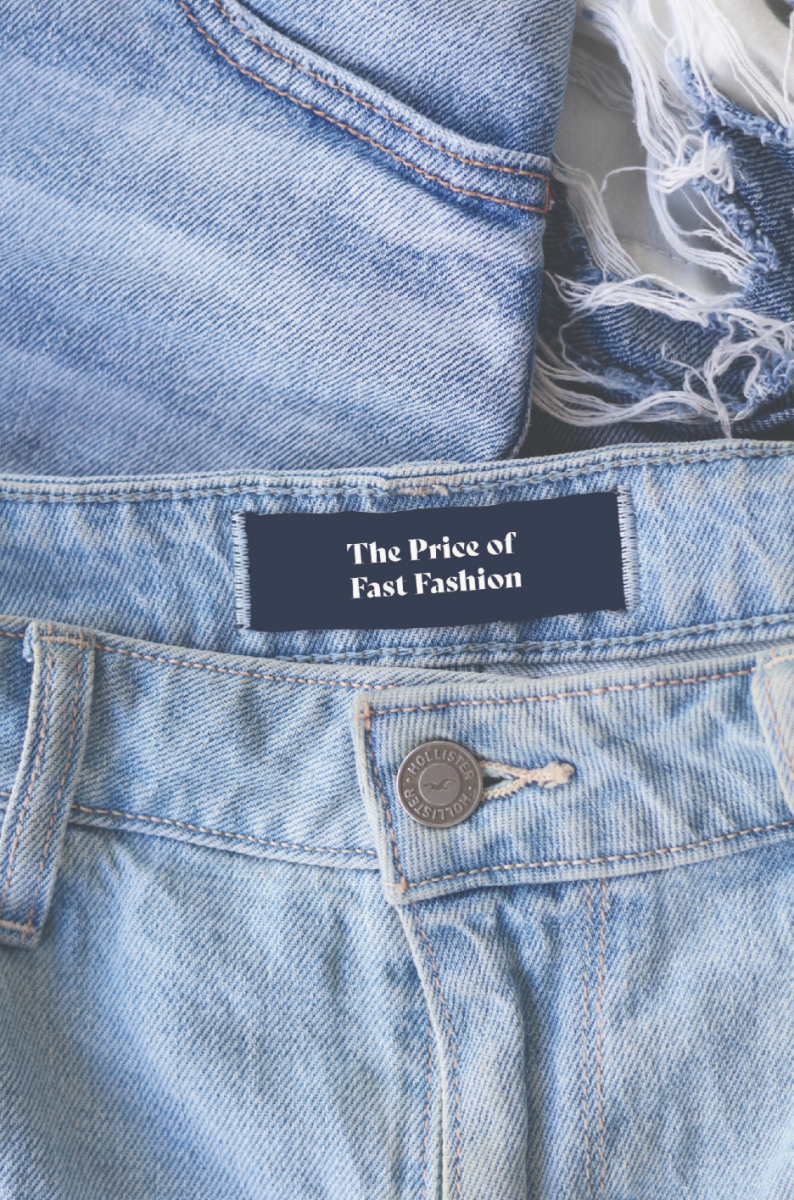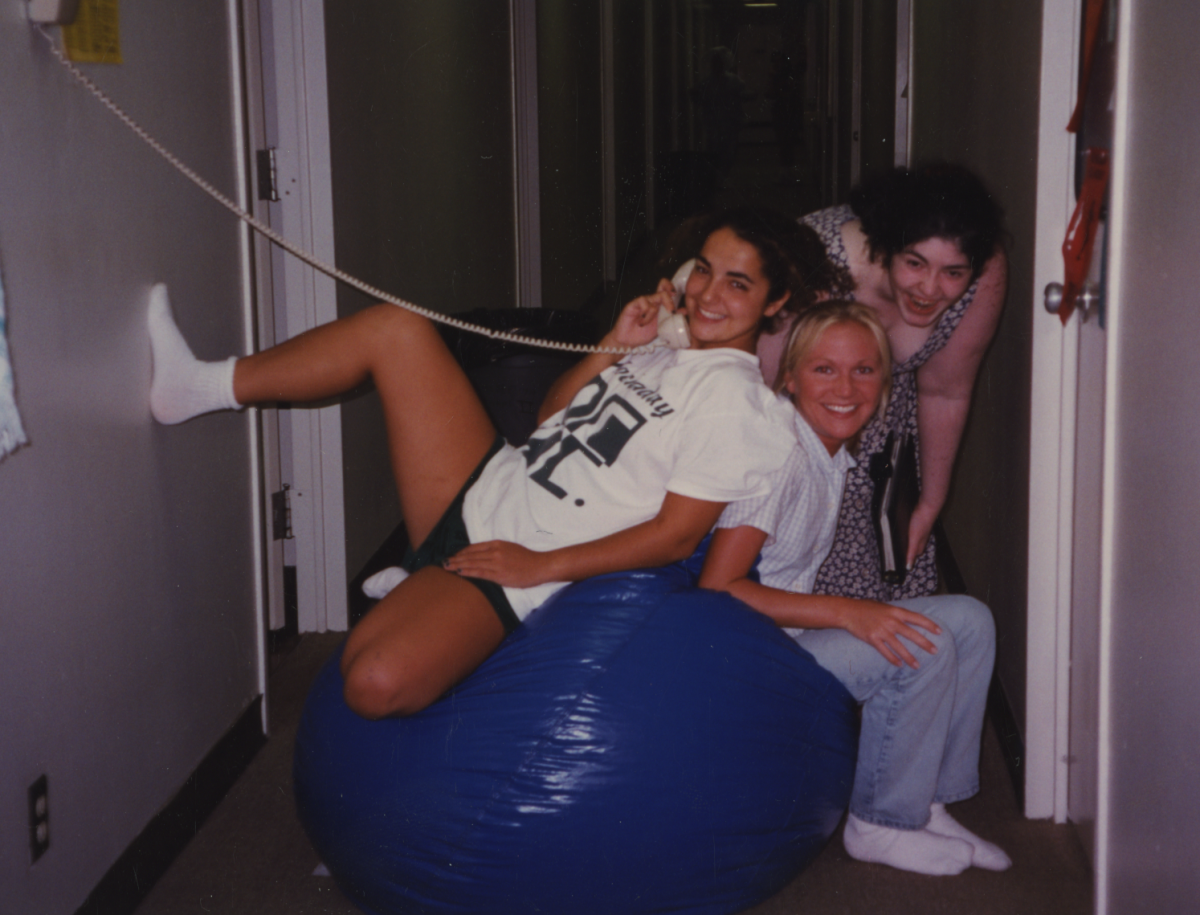“I can’t remember exactly what the woman said but, it was something like, ‘Ma’am, are you trying to tell me that the [Islamic State of Iraq and the Levant] is ringing your doorbell?’” recounts The New York Times reporter Rukmini Callimachi in her podcast, Caliphate. The well-known journalist received frequent threats from ISIS due to her reporting on the terrorist group and had been told by the Federal Bureau of Investigation to call the police if she ever felt unsafe. She tells the story, laughing at the absurdity of a 911 call in response to someone’s attempt to inform Callimachi of a neighborhood water main break.
However, such an anecdote is only one example of the violence journalists face increasingly often. In addition to the many threats war correspondents endure, leaders of nations from authoritarian regimes to democracies criticize the press endlessly.
Dangers of Being a Journalist
“Democracy Dies in Darkness,” The Washington Post’s slogan reads. To shed light on the darkness, journalists head out to war fronts, legislative buildings and open their computers. Constantly facing challenges, they work to provide the people with facts and hidden information. Governmental pressures, potential violence and physical threats all make journalism an increasingly difficult profession. In one of the most recent and publicized cases, Saudi Arabian dissident Jamal Khashoggi’s kidnapping and murder well-illustrated the sometimes extreme dangers of being a journalist. As a harsh critic of Saudi government, the absolute Saudi monarchy saw him as a threat to their power; to silence him, the Saudi officials murdered Khashoggi at a consulate in Turkey.
The strange circumstances around Khashoggi’s disappearance and the uncooperative Saudi officials resulted in great speculation over the case. The Saudi authorities’ clear violation of human rights and the U.S. government’s soft treatment towards Saudi Arabia raised many questions regarding the freedom of the press. There are less extreme cases of government censorship around the world, albeit still important. According to Reporters Without Borders, an international journalism organization that advocates for freedom of the press worldwide, 168 journalists and 152 citizen journalists are incarcerated as of April 2019. However, being a war correspondent presents a more imminent danger than the average local journalist. The violent nature of war draws readers in, but also risks journalists’ lives while they attempt to capture the war.
Rukmini Callimachi, an American-Romanian journalist collects ISIS documents in abandoned bases at war-stricken Syria. Currently, she specializes in covering ISIS matters, analyzing her gathered documents—ranging from prophecy pamphlets to birth certificates—and finding the technical side of the feared terrorist group. However, diving right into the heart of ISIS has resulted in not only in her reputation as a resourceful journalist but also her constant peril derived directly from the group. In an interview with Chicago Tonight under WTTW, a broadcasting service, she commented on her work that she receives “death threats…where journalists are no longer seen as objective witnesses to conflicts.”
Civilian journalists in war zones have much less resources provided to them compared to any other journalists around the war. Because freelance war correspondents receive low pay compared to the hazardous conditions, they often have to risk their safety to cut down expenses, such as staying in a cheap hotel or not hiring a guide, which both compromise one’s safety. Tracy Walder, Upper School history teacher and ex-FBI and Central Intelligence Agency (CIA) agent, has experienced fighting in war zones such as Afghanistan and considers journalism to be a very endangered profession. “I think it would be, in my opinion, even more dangerous to be a journalist in those places than a CIA operative. I think that because they don’t have the same production, and they don’t have the same training,” Walder said. “They’re not always armed, and they’re not always going in armored vehicles, so I think sometimes it’s more dangerous for them, particularly for a female.”
History of American Laws
Since the passage of the First amendment, freedom of press has had a complicated legal history in the United States. In 1798, John Adams signed the Alien and Sedition Acts to stop harsh criticisms against him; these acts made it illegal to criticize government officials without testifying about these criticisms in court. However, Thomas Jefferson pardoned the 25 citizens who were arrested due to these acts when he won the 1800 presidential election against John Adams.
Fortunately this somewhat petty approach to press freedom is not often repeated throughout history. Perhaps as a consequence of this harsh form of censorship, John Adams’ party, the Federalist Party, never won another election after his administration.
Sudeep Reddy, a journalist and Managing Editor of Politico, believes that politicians have always worked in relation to the media. “They all operated differently in that framework but there’s always been a mixture of politicians trying to get their message directly to the people… amplified through media organizations and trying to avoid being undermined by criticism from the public through the media,” Reddy explained.
During the Civil War, Lincoln was often criticized for censoring multiple rebel newspapers. This use of censorship may be largely ignored because the rebel newspapers were not technically publishing in the United States and therefore not protected by the First Amendment. Throughout the 20th century, the Supreme Court ruled on several landmark decisions about freedom of the press. In the case of Near v. Minnesota in 1931, the Supreme Court’s ruling allowed for a kind of loophole for the federal government to use prior restraint during war time, which the U.S. would attempt to use in the future, occasionally with success.
Decades later in 1964, the historic case of New York Times v. Sullivan ruled that journalists cannot be prosecuted for publishing material pertaining to government officials unless it has an intent of malice. The case established the standard of malice, ensuring that publications must have malicious intent for reporting about public officials to be classified as libel.
Then, in 1976, in Nebraska Press Association v. Stuart, the Supreme Court again expanded freedom of the press by virtually eliminating the power of local governments to censoring newspapers from reporting about criminal trials, under the idea of jury neutrality. More recently, however, freedom of press seems to have become more consistent, at least in terms of legal rights in the United States. “That in the United States, [freedom of press] has been fairly constant, but in parts of the world there are certainly more pressures on freedom of press, but I don’t really feel that the fundamental freedom of press in the United States has changed much,” Reddy said.
International Journalism and Censorship
The United States generally ranks very high on international scales of personal liberties. However, the organization Reporters Without Borders put the nation at 45th out of the countries in the world for the most press freedom. According to this ranking, Norway, Sweden and the Netherlands rank as the top three countries for extensive freedom of press, while Vietnam, China, Syria, Turkmenistan and Eritrea rank as the countries with the least amount of press freedom. The organization, in its analysis of the report, talked about an overall decrease in freedom of press around the world. It stated, “More and more democratically-elected leaders no longer see the media as part of democracy’s essential underpinning, but as an adversary to which they openly display their aversion.”
In 2017, The Guardian reported that global press freedom decreased to the lowest level of the 21st century and that freedom of expression, including freedom of press, is at risk in both authoritarian nations as well as democracies. Decreasing levels of press freedom are frequently attributed to a rise of violence against journalists. The Committee to Protect Journalists (CPJ) found that between 2002 and 2012, 506 journalists were killed, whereas 390 were killed in the previous decade. CPJ also found that, even in extremely violent war zones, such as in Iraq and Syria, journalists are often murdered, not accidentally killed by unrelated combat. The study attributed this to a shift since Sept. 11, 2001. Journalists are no longer seen as neutral members of the media but now as potential targets in conflicts.
Ethics of Journalism
Many challenge the current press freedom in the U.S. by arguing that it should be monitored when concerning sensitive government or national security information. Currently, the government cannot censor articles containing classified information, even if the information has been illegally obtained. A well-known case of Edward Snowden, a former CIA agent, publicized the conflict. After he leaked confidential National Security Agency (NSA) materials regarding NSA’s aspirations of global surveillance to the public, overwhelming reactions around the world praised Snowden as a hero for shedding light on the agency’s grand scheme. However, he faced harsh criticism as well, with some believing that he committed a felony as a worker employed by the government.
Walder, having worked under both the FBI and the CIA, believed that Snowden should not be praised for his actions. Before he became a whistleblower leaking critical information, Snowden was a CIA employee; he was under the jurisdiction of the U.S. government even after his leave, and his actions were technically illegal. “I personally do not find people who leak things to be heroes because you sign something called a non-disclosure agreement, or an NDA, when you leave those organizations,” Walder said. “And you know [that] whether you like it or not, it is what it is, and if you leak classified information, people overseas could be killed. So in my opinion, you’re putting other people’s lives at risk.”
However, Reddy argued that journalists should decide to reveal certain information while keeping the concern of national security in mind, and the government must not interfere in this process. He places emphasis on the journalists’ judgment on the repercussions of their article and the audiences’ right to information. “There are obviously some cases where it is incumbent upon journalists to think about the implications of their actions, and it is not unusual for government officials to make an appeal to journalists to withhold certain information that may pose a safety risk to government officials or to members of the public,” Reddy said. “But again, that is up to the journalist to decide what to reveal and what not to reveal.”
Along with the advancement of technology and an increase in accessibility to the internet, a new form of yellow journalism and disinformation arose. However, the “fake news” has had a long history before its recent publicization by President Donald Trump. The definition of this word is debated among many experts, but Cambridge dictionary defines fake news as “false stories that appear to be news, spread on the internet or using other media, usually created to influence political views or as a joke.” Facebook especially, out of all social networks, fosters a breeding ground for misinformation; sponsored political contents, often heavily biased, and news stories posted by unverified users have been rapidly shared by Facebook users, especially those ages 65 and up. Buzzfeed journalist Craig Silverman found that during the 2016 election, Facebook shares of top 20 disinformation stories exceeded those of the top 20 verified news, with 8.711 million shares compared to 7.367 million. Walder felt that fake news should be restricted since the misinformation presents a potential danger. “Freedom of speech is protected unless it is a clear and present danger. I personally view fake news as a clear and present danger, but not everyone does,” Walder said.
However, Reddy thinks otherwise, as he believes that it should be on the hands of the audience to determine and regulate the information they consume, not the government. He further suggested that fake news offers opportunities for users to take extra precautions to become an educated news consumer. “News organizations have a professional obligation to ensure they’re delivering true information to their audiences. Websites and other media that deliberately supply false information – the original meaning of “fake news” outlets – are not news organizations.” Reddy said. “[This] is a reason for the audience
to become discerning news consumers and it’s a reason for audiences to critically think about whatever message they’re being told, whether it is a news organization, a politician, or their facebook feed.”
Offering a different aspect towards disinformation, Jacob Palenske, Gold Key recipient from the Columbia Scholastic Press Association, an association that honors the improvement of student journalism, shed light on the threat of fake news to substantiated news. “When [liberal mainstream publications] make a big mistake in reporting and don’t take swift action, and even if they do take action, it is just foddered for people to want to so doubt in a free press to use,” Palenske said. “If you give people ammunition to disparage and to disintegrate the free press, they are going to use that, and that’s because the free press is so damaging to them. They then don’t have any accountability if there is no free press to check them.”
Press Freedom Today
Today, press freedom is sometimes hard to quantify. American publications are legally extremely free, but they face new issues, such as the digital age and a lack of trust in media. The current federal administration of President Trump has a complicated relationship with the press and consequently raises questions about freedom of the press in the United States. Additionally, in the digital age, new issues related to journalism constantly abound.
While cases of outright censorship from the United States government are rare today, and the Supreme Court cases of the 20th century protect publications from most lawsuits, the public’s fear of fake news, an overabundance of news sources and a more distracted audience generates uncertainty about freedom of the press in the future. The institute of journalism also faces different, undermining tactics by Trump and his administration. President Trump has frequently decried the press, whether through tweets or at his rallies, but for supporters of freedom of the press, one of his most worrying approaches to the media is blocking certain journalists from press conferences at the White House. “Obviously [president Trump’s actions are] very unprecedented, we haven’t really had that before,” Walder said. “I personally think that that violates freedom of the press because the only reason he’s blocking them is not because they’re presenting a danger, it’s simply because he doesn’t like their reporting perspective. That’s wrong.”
Trump’s rhetoric around the press when he addresses his supporters is also a new type of challenge the press faces. “The media at large, what the president has done is, is he has trained his most die-hard supporters to not think about the world in the same way the majority of the country thinks about it,” Reddy said. “So we have a subset of the population that sees him as the source of information and that is not different from what we’ve seen in other countries over time, where the independent judgment of audiences can be diminished by the repeated attacks by the leaders against the media.”
In one of his most striking instances of critiquing the press, Trump called journalists the “enemy of the people” at the Conservative Political Action Conference in early 2017. Many publications were immediately concerned with the history of this phrase, as the term “enemy of the people” was frequently used by Stalin against groups like the media that threatened his power. This type of rhetoric has proven to be fairly effective in shaping Trump supporters’ opinions on the press. In one major instance of anti-press, on Feb. 11, 2019, a BBC cameraman was attacked at a Trump rally in El Paso. The attacker, wearing a MAGA hat, seemed to be responding to Trump’s urging from on stage to boo the media. As he was dragged away by security, members of the crowd chanted, “CNN sucks! CNN sucks!”.
Whether or not politicians’ approach to the media changes, the digital age remains a major obstacle to publications. “It is much harder for a journalist in America today to maintain attention from a wide audience and that has significant risks for our democracy, because as attention spans shrink, so do the levels of awareness of most citizens about the world around them,” Reddy said.
Story by Niamh McKinney and Eugene Seong
Illustration by Karen Lin


